Benefits of Energy Efficient Homes

A recent survey from the National Association of Home Builders (NAHB) found that energy-efficient features are among the most sought-after “must-haves” among homebuyers. Among those surveyed, 83% desired Energy Star-rated windows, 81% wanted Energy Star-rated appliances and 80% preferred energy-efficient lighting.
Though eco-conscious sensibilities compel millions of homeowners to make their homes more energy-efficient, that’s not the only reason to upgrade your home. The following are a handful of the many benefits of energy-efficient homes.
Save money: The U.S. Department of Energy indicates upgrading to energy efficient appliances products can help homeowners reduce their energy costs by as much as 30%. The Environmental Protection Agency (EPA) estimates you can save 11% on average on your total energy costs by air sealing your home and adding insulation in the attic and crawl spaces.
Improve resale value: Being able to market your home as energy-efficient when it comes time to sell it may help your resale value, especially as energy-efficient homes become better-known and more in-demand.
According to several studies, energy-efficient homes and apartments garner anywhere from 2% to 8% more in sales prices than their traditional counterparts. Research from the mortgage lender Freddie Mac found that homes with energy-efficient ratings sold for nearly 3% more on average than homes without such ratings.
Live healthier: The benefits of energy-efficient homes aren’t just economic, though health-related benefits certainly produce an economic incentive as well.
Energy-efficient homes boost your comfort level by also enhancing the indoor air quality by reducing pollen, dust, insects, and humidity, which leads to better quality of life.
Energy-efficient appliances are typically quieter than traditional models, as well, making their operation less intrusive to your daily life.
To learn more and find out how to perform some of these improvements yourself, visit DOE’s Energy Saver website.
Tools and Calculators for Homes:
Information, tools, and resource to help consumers seal and insulate their homes, including a DIY Guide to Sealing and Insulating with ENERGY STAR.
Information, tools, and resources to help consumers assess their home’s energy use, including the ENERGY STAR Home Advisor and the ENERGY STAR Home Energy Yardstick.
List of building energy software packages, some of which are available for free or a small fee.
A tool that allows a consumer to determine energy savings and costs associated with replacing non-ENERGY STAR-rated refrigerators.
Information, tools, and resources to help consumers increase the efficiency of their home’s heating and cooling system.
A tool developed as an industry-consensus roof savings calculator for residential and commercial buildings using whole-building energy simulations.



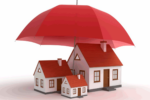





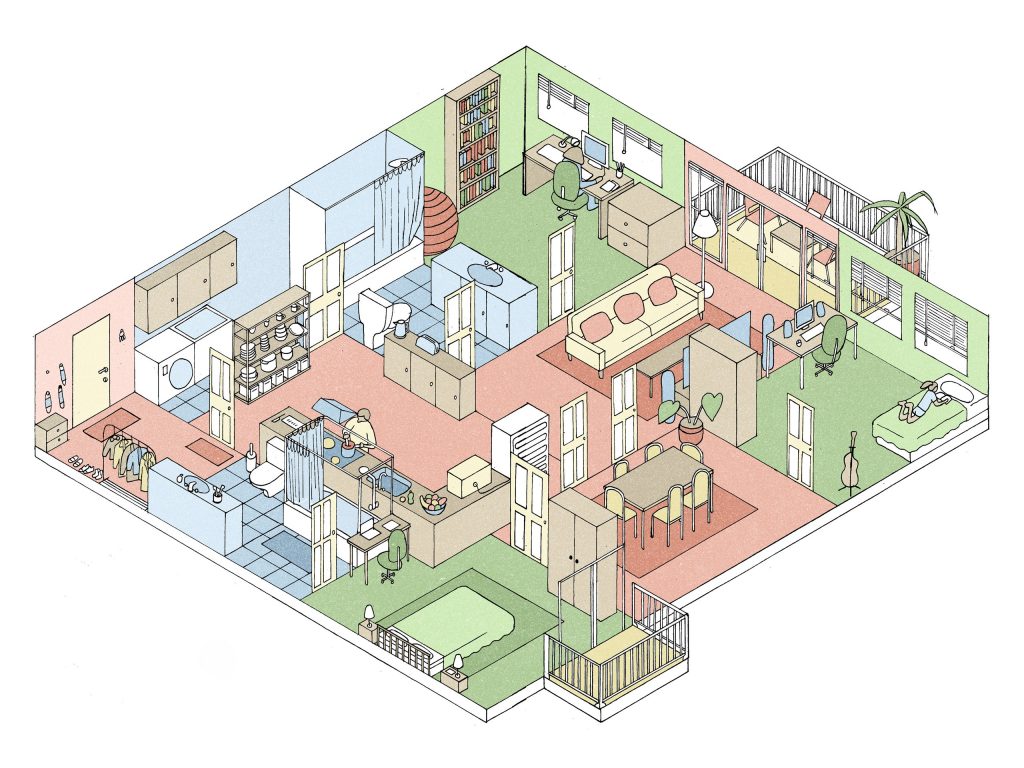
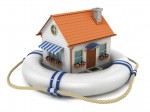
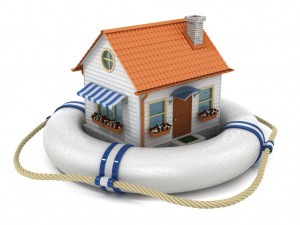

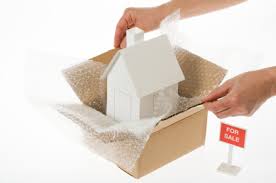

 Kim N. Bregman
Kim N. Bregman